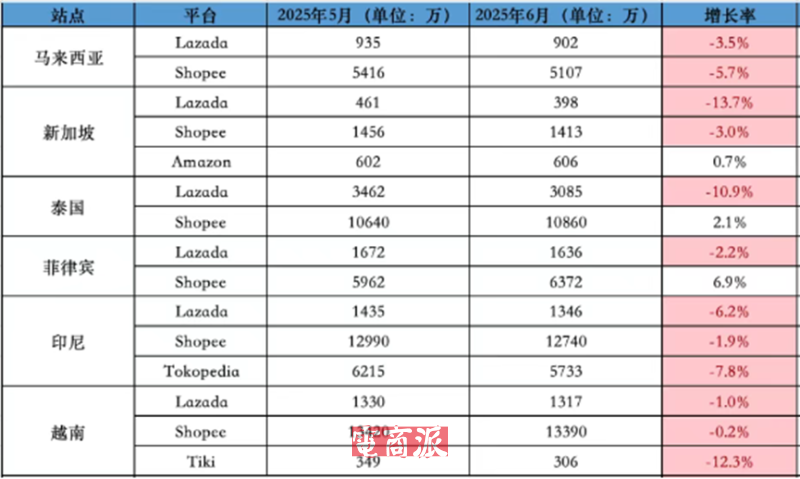htmltree

HTML (Hypertext Markup Language) is the standard markup language for creating web pages and applications. It structures the content
defines its layout
and provides a way to include multimedia such as images and videos. In this article
we will explore the concept of HTML trees and how they are used to organize and display web page content.
HTML documents are based on a tree-like structure called the Document Object Model (DOM). The DOM is a representation of the HTML document as a tree
where each element in the document is represented by a node in the tree. These nodes can be nested within each other to form the hierarchical structure of the document.
At the top of the HTML tree is the root node
which represents the entire HTML document. It has two main child nodes - the head and the body. The head node contains metadata about the document
such as the title
character encoding
and links to style sheets. The body node contains the visible content that is rendered in the browser.
Within the body node
there are various elements that represent different parts of the web page. Some common examples of HTML elements are headings (h1
h2
etc.)
paragraphs (p)
images (img)
links (a)
lists (ul
ol)
tables (table)
and forms (form
input).
Elements can be nested within each other to create a more complex structure. For example
a paragraph element (p) can contain a span element (span) for inline text styling
or a div element (div) for grouping multiple elements together. This nesting can be done to any level
resulting in a hierarchical structure of HTML elements.
The HTML tree is crucial for both the rendering and styling of web pages. When a web page is loaded in a browser
it parses the HTML document and creates a corresponding DOM tree. It then uses this tree to determine the layout and positioning of the elements on the page.
CSS (Cascading Style Sheets) is a separate language used to style HTML documents. It defines how the elements in the HTML tree should be displayed
such as their font size
color
and margins. CSS works in conjunction with the HTML tree to give the web page its final appearance.
JavaScript is another language that interacts with the HTML tree. It allows developers to dynamically modify the content
structure
and styling of a web page. For example
JavaScript can be used to add or remove elements from the HTML tree
change the text of an element
or animate an element's position.
In conclusion
the HTML tree is a fundamental concept in web development. It provides the structure and hierarchy for organizing web page content and is essential for rendering
styling
and interaction. Understanding how the HTML tree works is crucial for anyone working with web technologies.
 邮件群发-邮件群发软件|邮件批量发送工具|群发邮件平台|批量邮箱发送系统公司
邮件群发-邮件群发软件|邮件批量发送工具|群发邮件平台|批量邮箱发送系统公司








